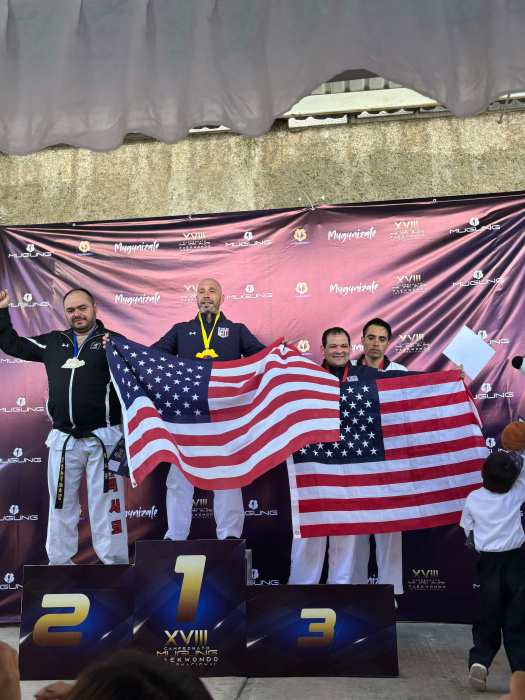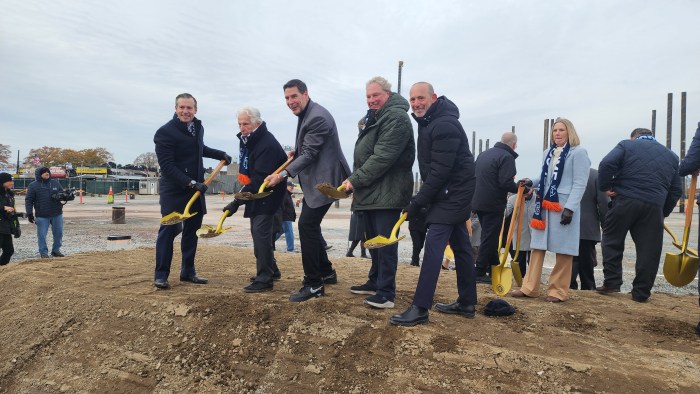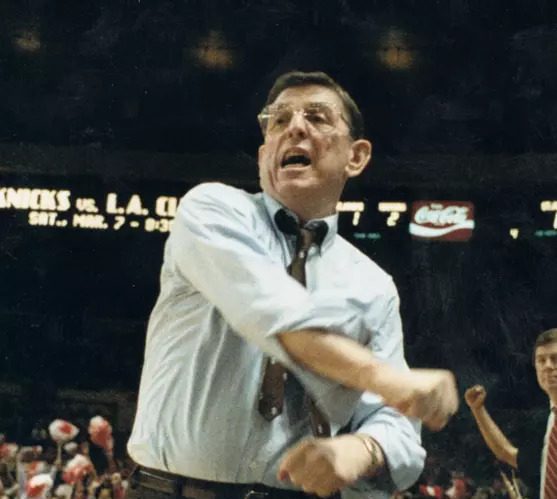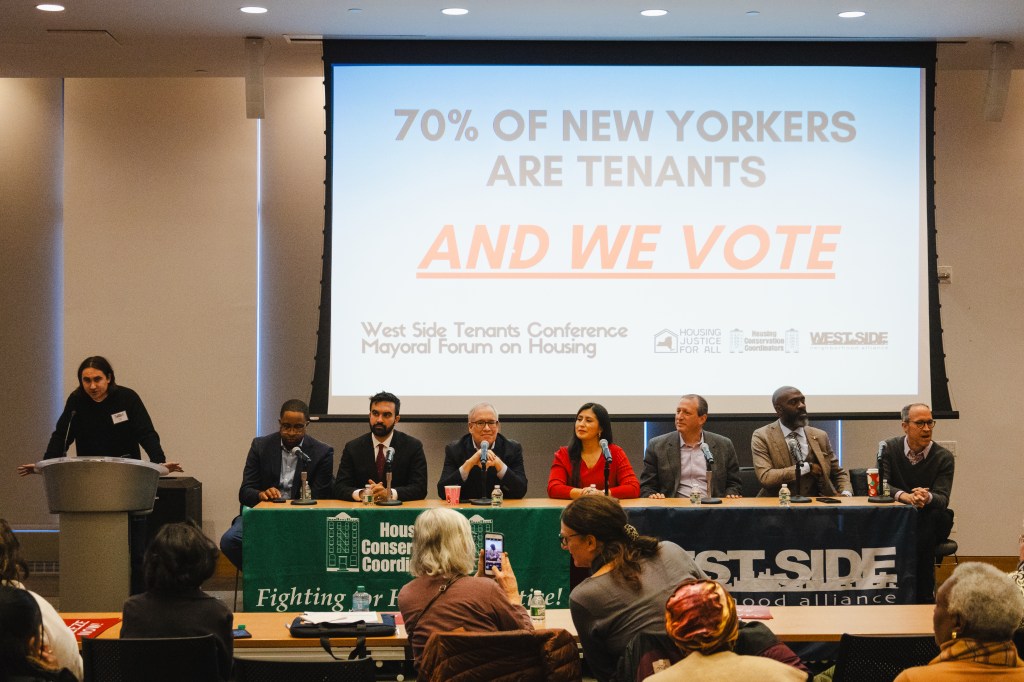Player-Turned-Reporter Was Voice Of Mets
New York Mets fans young and old mourned the loss of Ralph Kiner, the last of the team’s original broadcasters, who died last Thursday, Feb. 6, at the age of 91.

Long before joining the Mets, Kiner was a household name among baseball fans for being one of the game’s biggest power-hitters in the post-World War II era. In a 10-year career derailed by a bad back, Kiner hit 369 home runs for three different teams: the Pittsburgh Pirates, Chicago Cubs and Cleveland Indians. He was the seven-time home run champion of the National League and played for six different All-Star teams.
The New Mexico native and World War II veteran was enshrined in the National Baseball Hall of Fame in 1975, elected by the baseball writers on his 13th attempt at making it to Cooperstown.
But Kiner endeared himself to millions of Mets fans by being the team’s primary voice over the better part of its first 52 seasons. To some observers, he was a living timeline of Mets history, there during its highs (the 1969 and 1986 World Championships) and lows (the 120- loss campaign of 1962 and the infamous Tom Seaver trade of 1977).
Together with the late Bob Murphy and Lindsey Nelson, Kiner shared radio and television broadcast duties over the franchise’s first 17 seasons. During the 1980s, Kiner became the Mets’ lead announcer for television broadcasts on both WWOR-TV (formerly WOR-TV) and SportsChannel (which later became Fox Sports New York and MSG Plus).
Along with an easy going nature behind the microphone, Kiner was known for a vast collection of baseball stories and the occasional humorous (and easily forgiven) malaprop that charmed fans of all ages. He once referred to the late catcher Gary Carter as “Gary Cooper” and wished a happy birthday to dads on Father’s Day.
Kiner was also known for his unique home run call-“It’s going, going and it is gone, goodbye!”- with added inflection depending on the moment when the home run came.
After a Mets win or loss, Kiner would host his own post-game show-Kiner’s Korner-which featured game recaps and interviews with star players and baseball figures. Kiner’s Korner was considered to be the prototype for post-game shows common on most modern sports telecasts.
Various ailments-including Bell’s Palsy and a stroke-forced him to reduce his schedule during the 1990s. Long after he stopped calling games on a regular basis, however, he would periodically pop into the broadcast booth to share both analysis of the game and his many baseball anecdotes of a bygone era. The latter was often most welcome by the fans regardless of whether the Mets were winning or losing.
Kiner was inducted into the Mets Hall of Fame in 1984 and the television broadcast booth at Citi Field is named in his honor.
“Ralph Kiner was one of the most beloved people in Mets history-an original Met and extraordinary gentleman,” Fred Wilpon, the Mets chairman and CEO, said in a statement last Thursday. “After a Hall of Fame playing career, Ralph became a treasured broadcasting icon for more than half a century. His knowledge of the game, wit and charm entertained generations of Mets fans. Like his stories, he was one of a kind.”
“Ralph dominated at the plate for a decade, but his contributions to our National Pastime spanned generations,” added MLB Commissioner Bud Selig. “For 52 years, Ralph was a one-of-a-kind voice of the Mets, linking baseball’s unparalleled history to New York’s new National League franchise since its very inception.”
“I join with generations of Mets fans in mourning the passing of Baseball Hall of Famer Ralph Kiner. Ralph was a gentleman’s gentleman whose exploits both on and off the field endeared him to millions of people,” said Queens Borough President Melinda Katz in a statement. “On behalf of the 2.3 million residents of Queens, I express my condolences to Ralph’s family and friends and to the entire New York Mets organization.”
Kiner died of natural causes at his home in Rancho Mirage, Calif., and is survived by five children and 12 grandchildren.


































